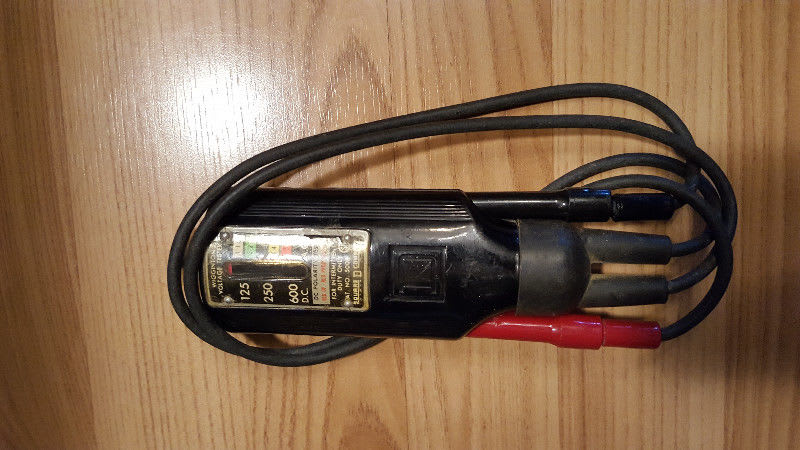Dear forum members,
I am having an issue with a 400 k W pump. The pump is driven by a variable speed drive.When the pump is started, it ramps well to rated speed and the current on the three phases are very well balanced at nominal speed. The pump pumps well and there is no issue with the pump pressure. However, as the pump is started, the potential to ground rises and even reaches phase to phase voltage. My first guess was that the neutral on the supply transformer was floating but this was checked and found to be correct. A second pump, rated 200 k W, on the same transformer but DOL starting does not give any potential to ground problem. I have checked the VSD but with the motor disconnected, the VSD ramps to 5o Hz and the phase to ground voltage is very stable and does not rise. I have also meggered the motor and the results are very satisfactory, almost infinity to ground on the three phases. The supply voltage is 400 V and the transformer is rated at 3 MVA and is solidly grounded.
Any advice?
Thanks
Guardiano
I am having an issue with a 400 k W pump. The pump is driven by a variable speed drive.When the pump is started, it ramps well to rated speed and the current on the three phases are very well balanced at nominal speed. The pump pumps well and there is no issue with the pump pressure. However, as the pump is started, the potential to ground rises and even reaches phase to phase voltage. My first guess was that the neutral on the supply transformer was floating but this was checked and found to be correct. A second pump, rated 200 k W, on the same transformer but DOL starting does not give any potential to ground problem. I have checked the VSD but with the motor disconnected, the VSD ramps to 5o Hz and the phase to ground voltage is very stable and does not rise. I have also meggered the motor and the results are very satisfactory, almost infinity to ground on the three phases. The supply voltage is 400 V and the transformer is rated at 3 MVA and is solidly grounded.
Any advice?
Thanks
Guardiano

